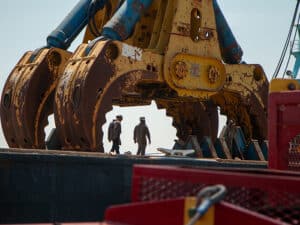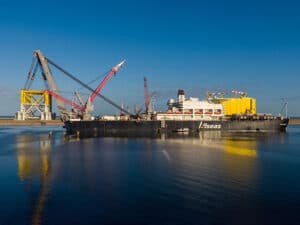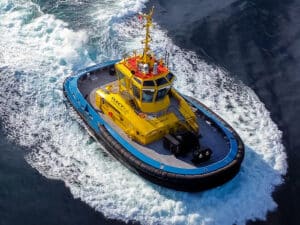
Italy releases Costa Concordia casualty investigation report
Written by Nick Blenkey MAY 27, 2013 — Italy’s Ministry Of Infrastructures and Transports has released its report on the safety technical investigation of the Costa Concordia disaster in January 2012.
MAY 27, 2013 — Italy’s Ministry Of Infrastructures and Transports has released its report on the safety technical investigation of the Costa Concordia disaster in January 2012.
It concludes that “the human element is the root cause in the Costa Concordia casualty,” both in the first phase, “the unconventional action which caused the contact with the rocks,” and then the general emergency management thereafter.
It should be also noted that the Costa Concordia is, first of all, a tragedy, and that the 32 dead people and the 157 injured, depended only by the above mentioned human element, which shows poor proficiency by key crewmembers.
According with the evidences found at the end of the present investigation, it is necessary to put in evidence that Costa Concordia resulted in full compliance with all the SOLAS applicable regulations, matching therefore all the related requirements once she left the Civitavecchia Port on the evening of the 13 January 2013.
Here’s an extract from the English version of the report:
“It is worth to highlight also the following problems in terms of organization: – in the meantime, although the ship was proceeding quickly toward the shore , taking command well in advance, still in time to correct the dangerous route, represents for the Master an aggravating in his nautical behaviour; – the difficulties of the Master in reading the radar screen (according to 1st Deck Officer, was without glasses for near vision); – the use of cartography totally inadequate – an inappropriate application of systems navigation (Ecdis and Radar in appropriate scale of approaching); – however, the distraction of the Master by the conduct due both to the people in the hotel business department that were already on the bridge when he arrived, and to the call engaged by one of them with a colleague on the ground; – the orders of the Master to the helmsman given by assigning the bow to follow, rather than ordering the rudder angle.”
The report makes wide-ranging recommendations that address not only human element issues but also questions relating to cruise ship design and construction..
It says that the immediate flooding of five watertight compartments, where most of the vital equipment of the ship was located, makes the Costa Concordia casualty “quite a unique event” and notes that the extent of damage was well beyond the survivability standard applicable to the ship at the date of her keel laying.
However, says the report, the investigation has allowed the identification of some recommendations the adoption of which could constitute an improvement of the current requirements.
The aim of some recommendations is already taken into account by the SOLAS Convention for new buildings or existing ships, through various amendments to the Convention including:
1) requirements for segregation and redundancy of vital equipment for propulsion, steering and navigation, i.e. SOLAS regulations II-1/8-1, II-2/21 and II-2/22 on the safe return to port, applicable to ships built on or after July 1, 2010;
2) onboard stability computer (or shore-based support), applicable to passenger ships subject to the safe return to port requirements and built on or after January 1, 2014, i.e regulation II-1/8-1.3 as contained in resolution MSC.325(90);
3) flooding detection system, for ships built on or after July 1, 2010 as per SOLAS regulation II-1/22-1; and
4) use of Electronic Chart Display System (ECDIS), SOLAS regulation V/19.2.2.3.2 applicable to all passenger ships (for those constructed before July 1, 2011, the requirement shall be met not later than the first survey after July 1, 2012).
The report then makes further recommendations that it says “may permit an improvement in the ship’s survivability during a casualty [such] as the one involving the Costa Concordia; although they may not be sufficient to render the ship unsinkable when more than two watertight compartments are flooded.”
STABILITY
It is recommended that the following items are considered with the aim of improving the existing requirements:
1) double-skin for protecting the WTCs containing equipment vital for the propulsion and electrical production;
2) limiting of the down flooding points on the bulkhead deck to be discussed in the light of Part B-2 of Chapter II-1of SOLAS 74, as amended
3) provision of a computerized stability support for the master in case of flooding; and
4) interface between the flooding detection and monitoring system and the on board stability computer, taking into consideration regulations II-1/8-1 and 22-1 of Chapter II-1of SOLAS 74 as amended.
The report says that the initiatives in (1) and (2), above, are meant to be addressed to new ships while the discussion on the content of (3) and (4) should be extended to both new and existing ships.
Read the whole report HERE (thanks to SQE Marine Group’s Safety4Sea initiative)





Leave a Reply
You must be logged in to post a comment.